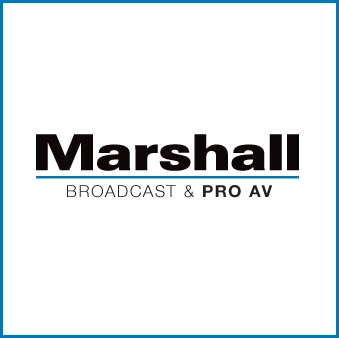America’s Cup Race: Marshall’s Support
In an era where high-quality video recording has become a requisite tool in almost every industry, the technology that drives this need continues to evolve impressively. One such technology is weatherproof cameras, which have found diverse applications from training exercises in the Gulf of Mexico to live broadcasting in outdoor stadiums. Tod Musgrave, Senior Director of Cameras at Marshall Electronics, discusses this technology and how it will be used in next year’s America’s cup race on the latest episode of Marshall Broadcast & Pro AV.
The distinct advantage of these weatherproof cameras is their robustness and adaptability, with features like interchangeable lenses, immersion capability up to ten feet of water, and a ten-foot breakout cable. Interestingly, the heart of these versatile devices beats on a twelve-volt power supply, with the option to choose between retractable batteries, battery solutions, or remote power depending on proximity to an outlet. Yet another striking feature is the ability to remotely control these cameras, making real-time adjustments based on changing weather or light conditions. At the heart of the evolution of these cameras is the ability to transmit video data back to a base, thereby providing live strategic analysis in applications like the American Magic project. Now, let’s delve deeper into the world of these fascinating devices and how they will play a role in America’s cup race with our guest, Tod Musgrave, the Senior Director of Cameras for Marshall Electronics.




